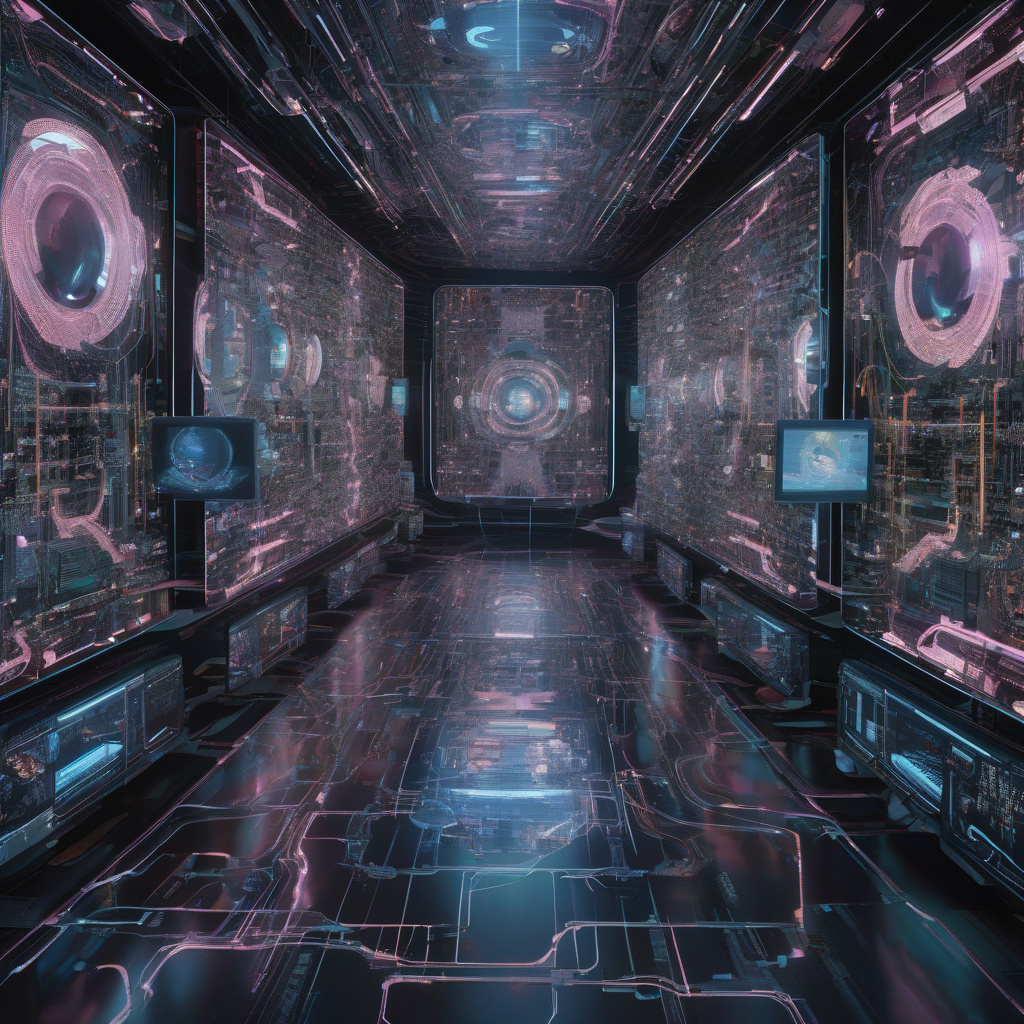In the realm of artificial intelligence (AI), the concept of AI hallucinations has emerged as a fascinating and somewhat perplexing phenomenon. With AI systems now capable of writing articles, generating images, passing bar exams, and composing music, the boundaries of what machines can achieve are continually expanding. However, alongside these impressive feats, the occurrence of AI hallucinations has raised important questions about the inner workings of AI algorithms and the potential implications for the future of technology.
AI hallucinations refer to instances where AI systems produce outputs that deviate significantly from what was expected or intended by their creators. These deviations can take various forms, such as generating nonsensical text, producing distorted images, or making erroneous predictions. While these anomalies may seem random or inexplicable at first glance, they often stem from the underlying mechanisms of AI algorithms and the data they are trained on.
One of the primary reasons why AI hallucinations happen is related to the complexity of neural networks, the foundational structures of many AI systems. Neural networks consist of interconnected layers of artificial neurons that process input data and generate output predictions. During the training phase, these networks learn to recognize patterns and correlations in the data, allowing them to make accurate predictions on new inputs.
However, the intricate nature of neural networks means that they can sometimes behave in unexpected ways, leading to hallucination-like phenomena. For example, when exposed to noisy or corrupted data, neural networks may produce distorted outputs that reflect the noise present in the input. Similarly, when confronted with ambiguous or contradictory information, neural networks may generate outputs that combine elements from different sources, resulting in surreal or nonsensical outputs.
Another factor that contributes to AI hallucinations is the inherent limitations of the training data used to teach AI systems. AI algorithms rely heavily on large datasets to learn patterns and make predictions. If the training data is biased, incomplete, or contains errors, the AI system may internalize these flaws and produce hallucinatory outputs as a result. Moreover, the lack of contextual understanding and common sense reasoning in AI systems can also contribute to the occurrence of hallucinations when interpreting complex or nuanced information.
Despite the potential risks and challenges posed by AI hallucinations, researchers and developers are actively exploring ways to mitigate these issues and enhance the reliability of AI systems. Techniques such as robust training methodologies, data augmentation, and adversarial training are being employed to improve the resilience of AI algorithms against hallucinatory phenomena. Additionally, ongoing research in explainable AI aims to enhance the interpretability of AI systems, enabling users to understand how decisions are made and identify potential sources of hallucinations.
In conclusion, the emergence of AI hallucinations underscores the complexity and dynamism of artificial intelligence technology. While these phenomena may seem intriguing or even unsettling, they offer valuable insights into the inner workings of AI algorithms and the challenges of building intelligent systems. By addressing the underlying causes of AI hallucinations and advancing research in AI ethics and transparency, we can pave the way for a future where AI systems are not only powerful and efficient but also trustworthy and accountable.

